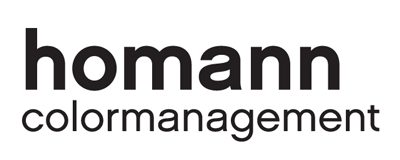Standardized Printing is the key for short makeready times at the press and a controlled proof to press match even for proofs delivered from different clients.
For successful implementation at a printers`site following steps are necessary
1. Choosing the approbiate standard / specification for the complete print production (data, proofs, press calibration)
The worldwide most referrenced standard for printing is ISO 12647-2. Based on this ISO standard several specifications for data, proofs and press calibration have been developed. These are e.g. PSO Process Standard Offset Printing from bvdm / FOGRA / UGRA, Pass2Press vom PPA in UK or 3DAP in Australia.
In the US GRACoL / SWOP and G7 are common specification for data, proofs and printing being partly compatible to ISO 12647
2. Communication with clients about standards for data delivery
A clear communication with clients about standards for data delivery is an important premise for a smooth workflow from separation via PDF and proof to press. The key is not only to specify that “printready CMYK data” should be delivered, but to the most 2-5 CMYK standards for papertypes used in printing.
If the clients are not sure about whether they use the correct profiles for data creation, it is mandatory that the final color OK of the data needs proof for the correct printing standard.
3. Implementation of standardized in-house proofing
In-house proofing must be set up to the same standards as communicated for data delivery. It is necessary for a complete colormanagement chain from clients’ data to proof, but it is also crucial if in-house proofs from the printer should match the proofs from the clients. The in-house proofing system should include a vendor independent control strip and a solution to measure this control with a spectrophotometer for internal verification of proofs.
4. Implementation of verification for incoming proofs
The printer has to commucate to his clients that delivered proofs must refer to standards and contain a vendor indpendent control wedge. This way a control of incoming proofs with the same solution which is used for the verification of in-house proofs is possible.
5. Optimizing CtP and press performance
Only if steps 1-3 are sucessfully implemented, Ctp and press performance optimization will lead to short makeready times and results which match the expections of the client for every press run. The natural partners for optimizing CtP and press performance are the vendors of the CtP system and the press. The implementation of this optimizatin steps should at least include:
– a written agreement that the final print result should match the chosen specification
– a defined procedure for in-house controlling of the platemaking process after CtP calibration
– a final press run which delivers a good visual match from the press to the controlled inhouse proof
– a defined procedure for monitoring press performance after calibration
For the highest quality it is possible to work with an organization which certifies the printer for all steps (data handling, in-house proofing, proof verfification, CtP and press performance) according the chosen specification. Such specifications are more and more demanded by industrial print buyers.
